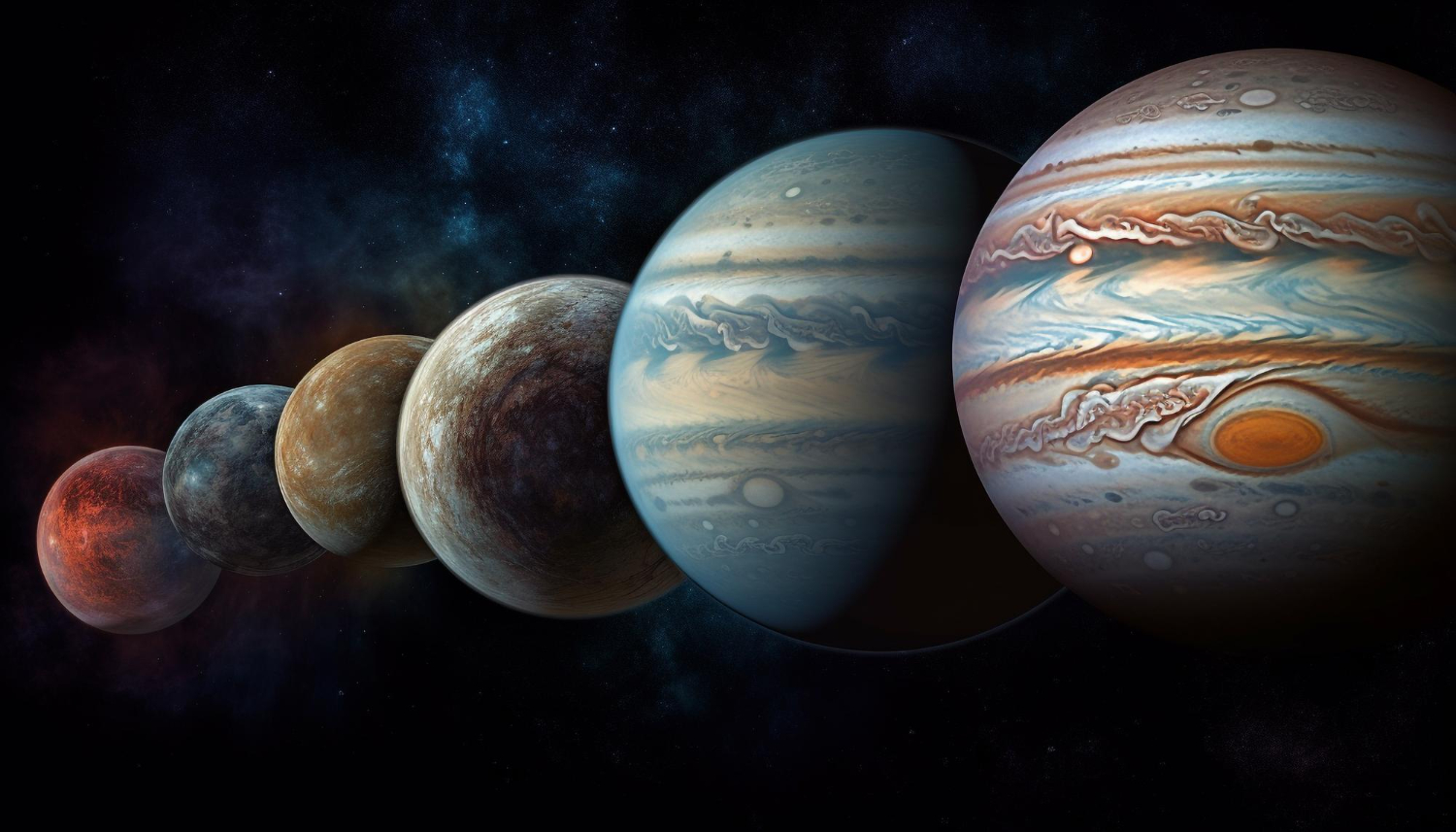On January 21, 2025, skywatchers will have the rare opportunity to witness six planets—Mars, Jupiter, Uranus, Neptune, Venus, and Saturn—aligning in the evening sky, offering a spectacular celestial display.
Key Points at a Glance
- Event Date: January 21, 2025, with visibility extending until mid to late February.
- Visible Planets: Mars, Jupiter, Venus, and Saturn will be visible to the naked eye; Uranus and Neptune will require optical aids.
- Optimal Viewing: Best observed just after sunset from locations with minimal light pollution.
- Rarity: Alignments of five or more planets are uncommon, with the next occurrences in 2025 and then not until 2040.
On the evening of January 21, 2025, six planets from our solar system will align in a rare and mesmerizing formation. This event, often referred to as a “planetary parade,” will feature Mars, Jupiter, Uranus, Neptune, Venus, and Saturn arrayed across the night sky. Such alignments are infrequent, making this a must-see event for both amateur and seasoned astronomers.
Planetary alignments occur when the planets of our solar system appear to gather closely on one side of the Sun as viewed from Earth. It is important to note that this alignment is an optical effect; the planets are not physically in a straight line but appear aligned from our vantage point due to their orbital positions. While such alignments are not rare for two or three planets, configurations involving five or more are exceptional.
To fully appreciate this celestial event, preparation and timing are key. Observers should begin their stargazing just after sunset, as the planets will be most visible during the early evening hours. Finding a location with minimal light pollution and an unobstructed view of the horizon is essential for the best experience.
Mars, Jupiter, Venus, and Saturn will be bright enough to spot with the naked eye, each glowing distinctly in the sky. However, Uranus and Neptune, being much fainter, will require binoculars or a telescope to be seen clearly. A star map or astronomy app can help pinpoint the exact locations of these planets and guide viewers in identifying them.
This alignment will stretch across a significant portion of the sky, making it an ideal opportunity for long-exposure astrophotography. Capturing all six planets in a single frame could yield breathtaking results for photographers.
The phenomenon of planetary alignment is a direct result of the orbital mechanics governing the solar system. Each planet moves at a different speed and distance from the Sun, creating the opportunity for periodic alignments. Such events provide valuable insights into celestial dynamics and offer a moment to marvel at the vastness and precision of the cosmos.
Alignments like this also inspire scientists and amateur astronomers to reflect on humanity’s place within the solar system. While the planets seem close in alignment, they remain separated by vast distances—a testament to the scale of the universe.
Alignments involving five or more planets are rare, occurring only a few times each decade. In 2025, there will be two such events. Following the January 21 alignment, another opportunity arises on February 28, when seven planets—Saturn, Mercury, Neptune, Venus, Uranus, Jupiter, and Mars—will align in the evening sky. Beyond 2025, the next alignment involving at least five planets will not occur until 2040, making this year’s events particularly special.
The January alignment also provides a unique chance for educational outreach. Observatories, astronomy clubs, and science museums around the world are expected to host viewing events and share resources to help the public better understand and enjoy the spectacle. For those new to astronomy, this is an excellent introduction to the wonders of the night sky.
Planetary alignments, while visually stunning, also carry scientific significance. They serve as a reminder of the intricate gravitational interplay within the solar system. Observing such events helps astronomers refine models of planetary motion and contributes to our understanding of celestial mechanics.
Moreover, these alignments can inspire advancements in astronomy technology and observational techniques. They encourage both professional and amateur astronomers to explore new ways of studying the cosmos, fostering innovation in the field.
The January 21 planetary alignment is more than just a beautiful sight; it is a moment to connect with the universe and appreciate the intricate dance of celestial bodies. Whether you are a seasoned astronomer or a curious observer, this event is an opportunity to witness the grandeur of the cosmos.
Don’t miss the chance to gaze at this extraordinary configuration of planets. Mark your calendar, prepare your stargazing tools, and enjoy one of nature’s most awe-inspiring displays.
